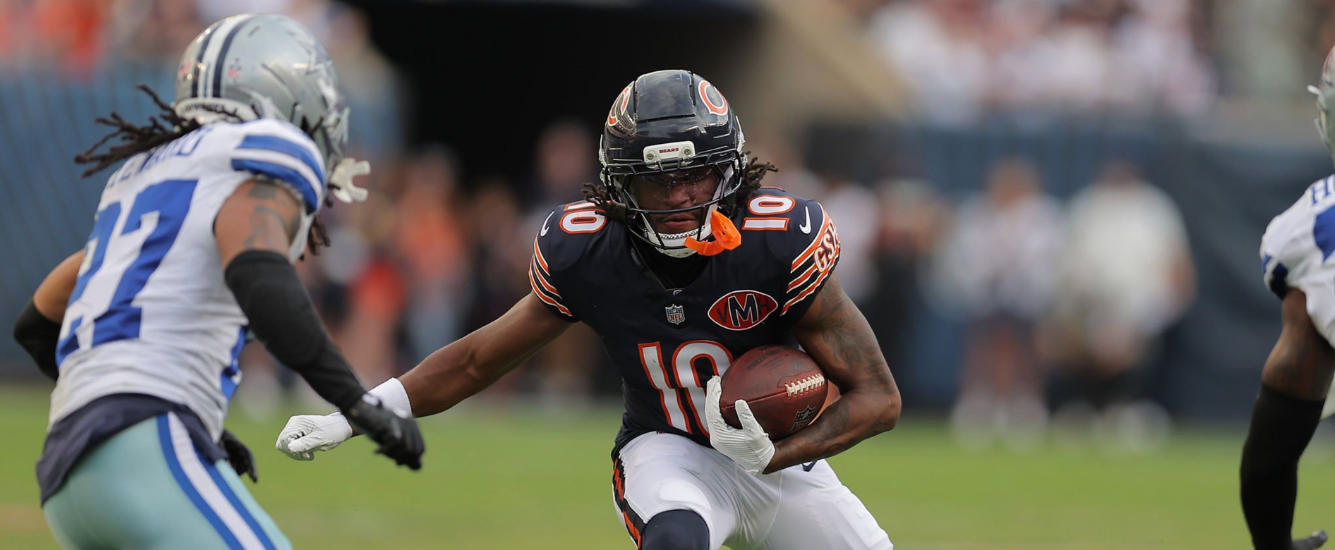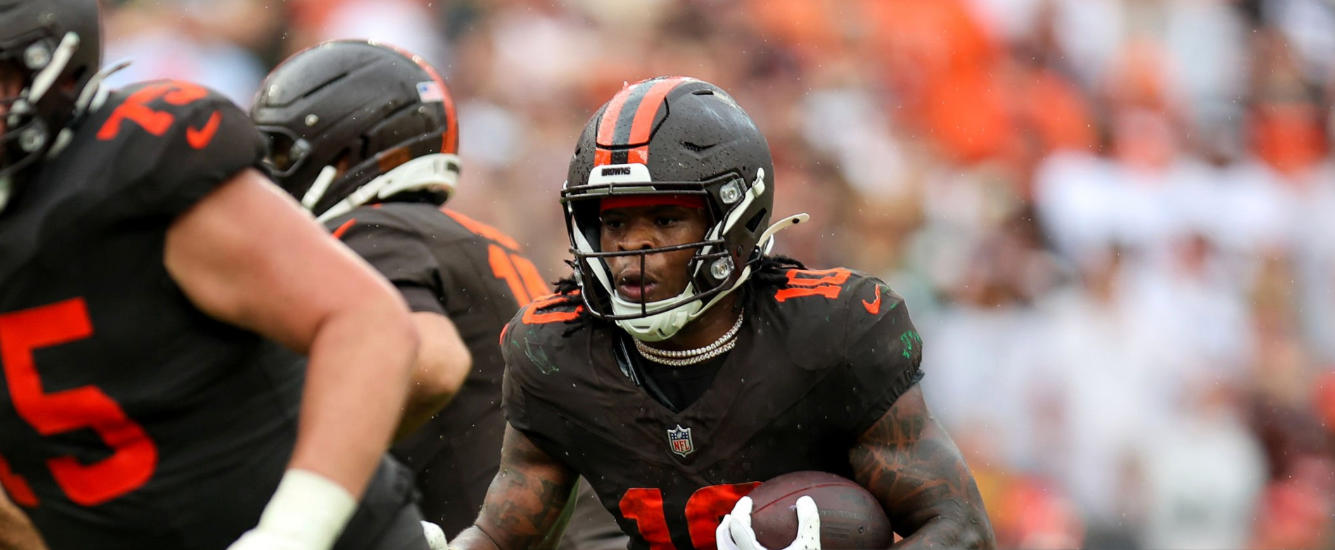First off, predicting the NFL Draft pick by pick is truly impossible. That’s not what we’re trying to do here. When it comes to fantasy football we like to see wide receivers drafted in Rounds 1-3 of the NFL Draft. Those receivers typically produce fantasy points at a much higher rate than those drafted later or not at all.
“Okay, cool. Yeah. Draft capital matters. But how in the world do we actually predict future NFL Draft capital? And why does that matter?”
Great questions!
Last year I introduced a new production metric called the Adjusted Production Index. It’s a pretty simple combination of just three impactful production metrics:
- Dominator Rating (Receiving Yardage and Touchdown Market Share)
- Yards Per Team Pass Attempt
- Touchdowns Per Team Pass Attempt
And as I’ve covered in a few different pieces, Adjusted Production Index (API) has shown to be predictive for future NFL production. But as it turns out, Adjusted Production Index is perhaps even better at predicting draft capital. We’ll dig into that here shortly, but first back to the “why does predicting draft capital matter” question. There are at least a few reasons, but it probably differs for many of you reading.
One, you might just like sports betting. Any edge can help there. Two, your dynasty league might hold their rookie draft before the NFL Draft, and “knowing” likely capital would definitely help. Three, you’re into devy fantasy leagues, where you can roster college players years before they’re actually in the NFL. Or lastly, you just simply understand that digging into any and every variable that affects the NFL future of wide receiver prospects gives you an edge over your league mates, regardless of league format.
I already broke down the 2020 NFL WR Class by Adjusted Production Index, if you’re interested. But now it’s time to look ahead to the 2021 and 2022 NFL Draft classes to try to predict the future.
So, to start out, I looked at Adjusted Production Index scores from the several hundred wide receivers in my database. I split them up into ten percentile groupings (deciles). Then I looked at the draft capital for all the receivers within each range. Here’s what I found.





















